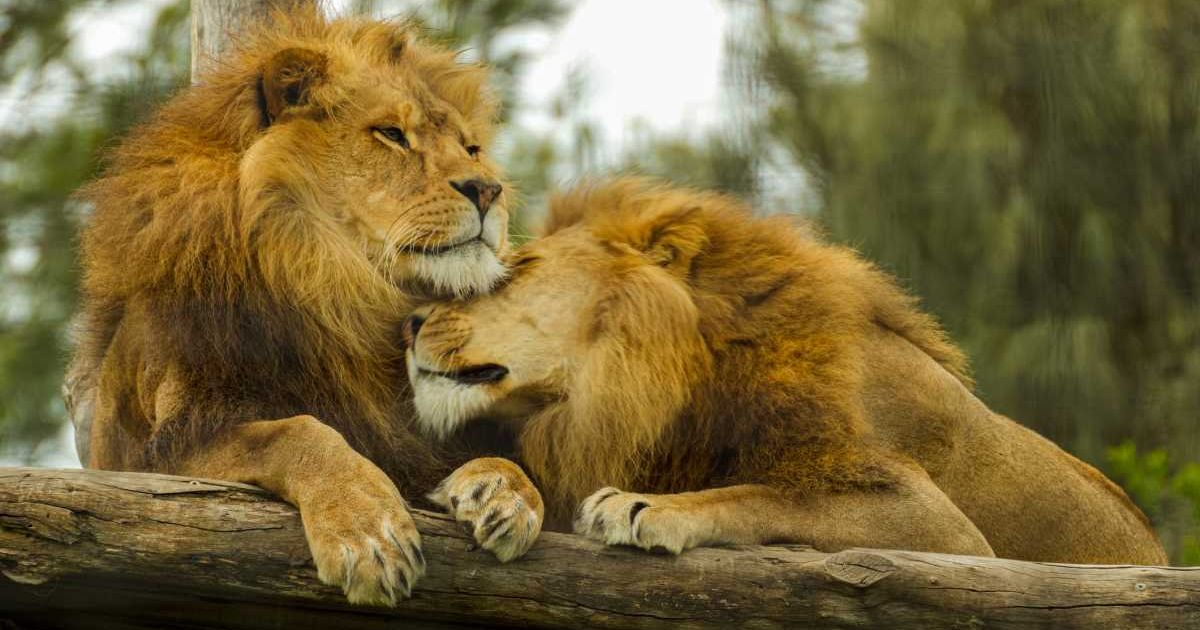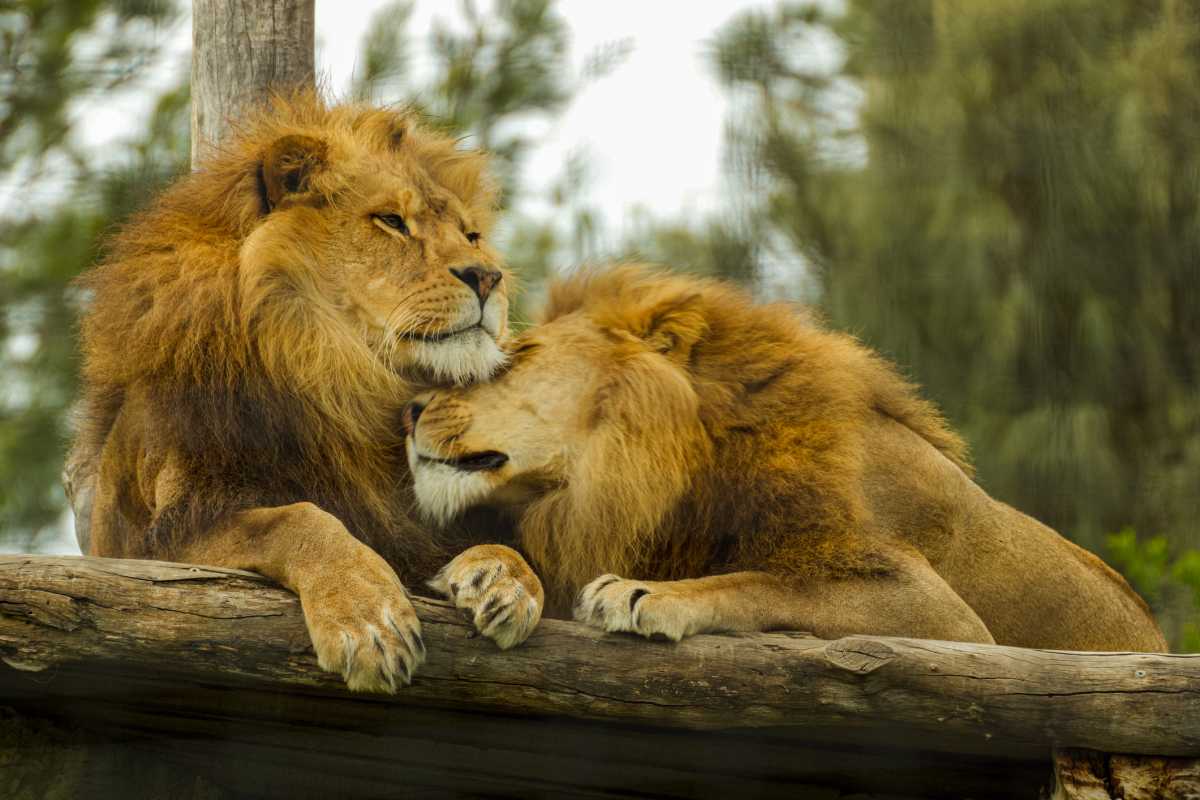3-legged lion only survives because of brother's care. 2 years later, poachers take him too

Lions are often viewed as fierce, untouchable rulers of the wild. Their dominance and strength make them symbols of power. But even these mighty animals face serious dangers. Poaching and trophy hunting have hurt lion populations across Africa and changed the way they live. These dangers not only affect lion populations but also deeply impact individual animals, like a lion named Clarence from Uganda’s Murchison Falls National Park.

As reported by My Modern Met, in 2011, Clarence’s life took a tragic turn. He became trapped in a deadly poacher’s snare — a cruel device often used illegally in wildlife areas. Luckily, Clarence's story didn't end right there after the snare attack. Rangers from the Uganda Wildlife Authority found him just in time; his left hind leg was almost completely severed. A park veterinarian made the life-saving decision to amputate the leg, sparing Clarence from further pain and infection. But releasing a three-legged lion back into the wild brought new concerns. Without all four legs, Clarence would struggle to hunt, defend himself, or keep up with his pride. But when he was released, something amazing happened.
Clarence adapted quickly to life on three legs. Even more touching, his brother Bernie, who had become the pride’s new leader, welcomed him back warmly. Bernie helped Clarence, protected him, and even hunted food for him. Their bond became a rare testament to brotherhood among lions. Tragically, just two years later, in 2013, Bernie was killed by a trap, just like the one that had injured Clarence. Without Bernie, the pride lost its leader, and Clarence was left even more vulnerable.

In 2014, wildlife photographer and writer Corne Schalkwyk witnessed something truly special. Clarence had not only survived but was also doing well and was spotted "feeding on a buffalo carcass." He further stated, "This really is the lion that could and will survive against any odds Africa throws at him." Clarence’s journey is not just one of survival; it’s a rare glimpse into the emotional lives of lions. While countless studies showcase the dominant behavior in male lions, none cover the compassion between these big cats, like that shown between Clarence and Bernie.
Yet while Clarence’s tale is inspiring, it also sheds light on a darker reality. Over the past century, African lions have faced growing threats from humans, pushing them closer to extinction. In a study conducted between 2011 and 2018 in southern Africa, researchers found that targeted poaching for lion body parts, like teeth and claws, made up 35% of known human-caused lion deaths. In Mozambique’s Limpopo National Park alone, this type of poaching accounted for 61% of all lion mortalities. While 51% of lion deaths were due to retaliation for livestock attacks, nearly half of these cases also involved body part removal, showing how illegal wildlife trade may be encouraging more killings. Poisoning was the most common method used. These findings show that body part poaching is now a serious and growing threat to lion survival, similar to the dangers already seen in other big cat species.